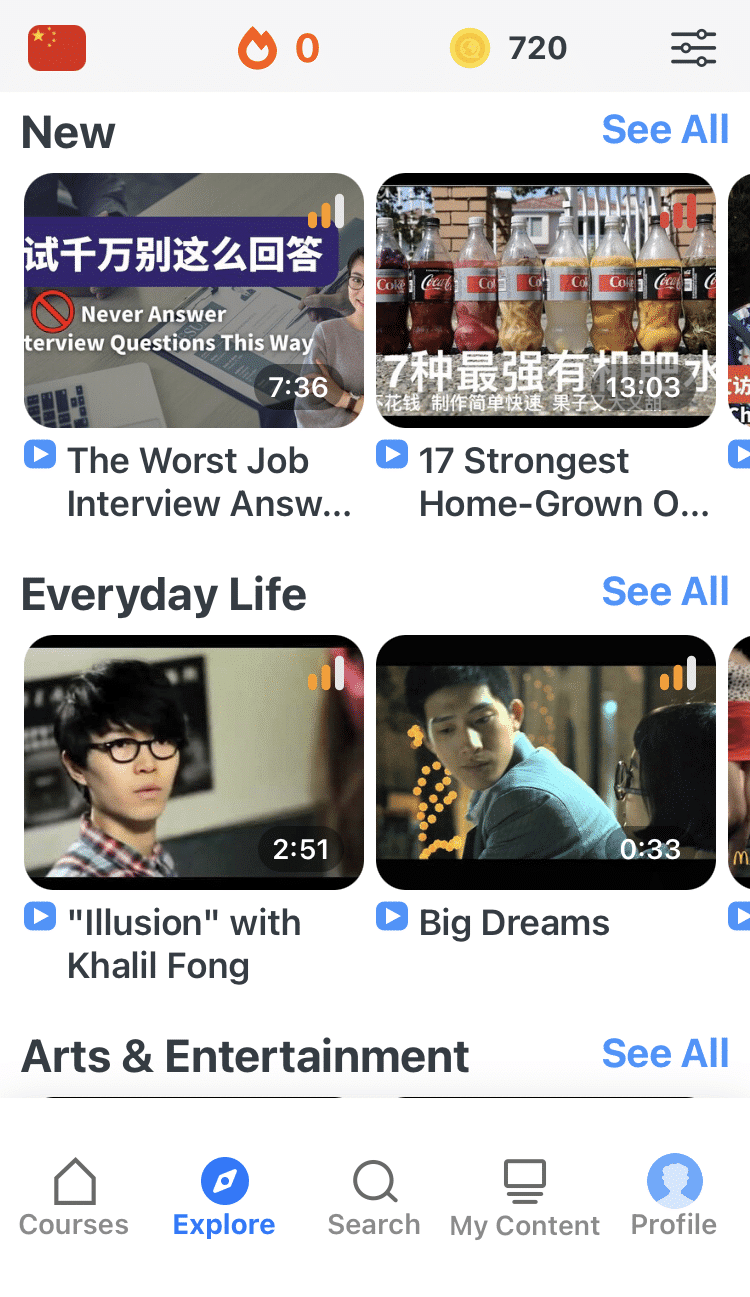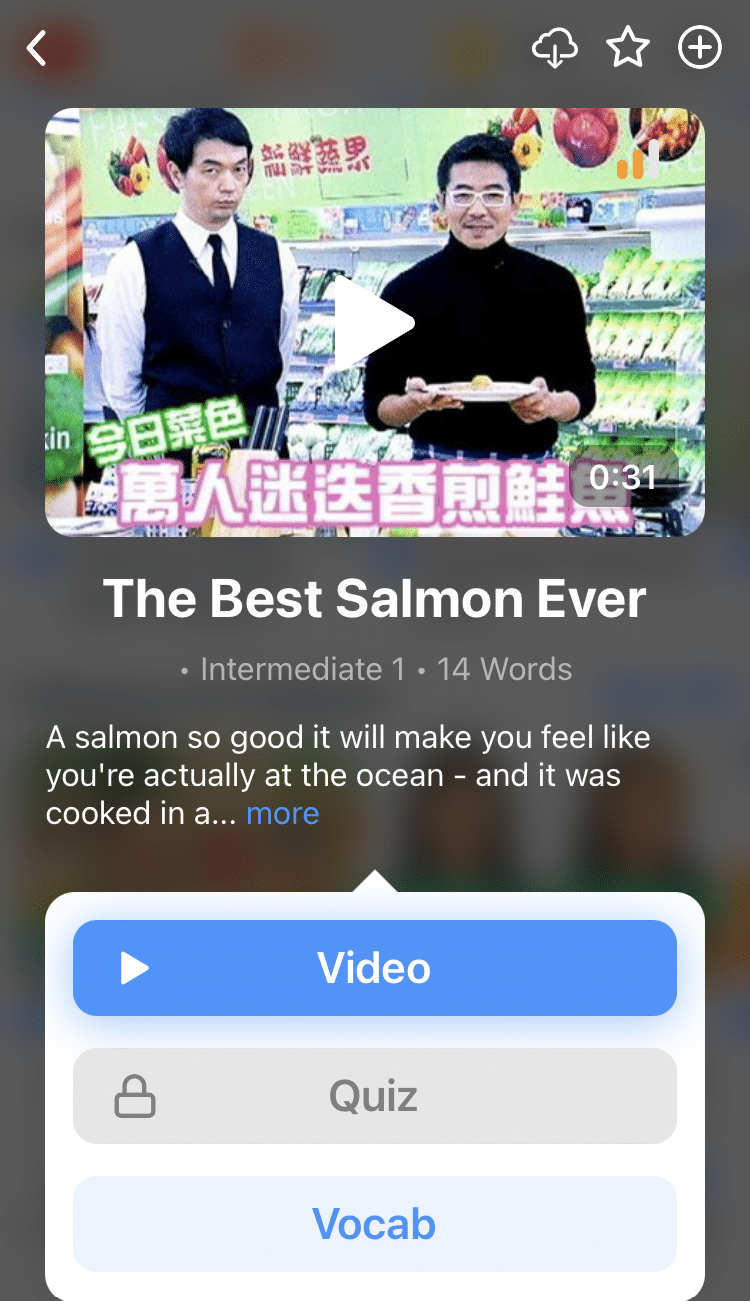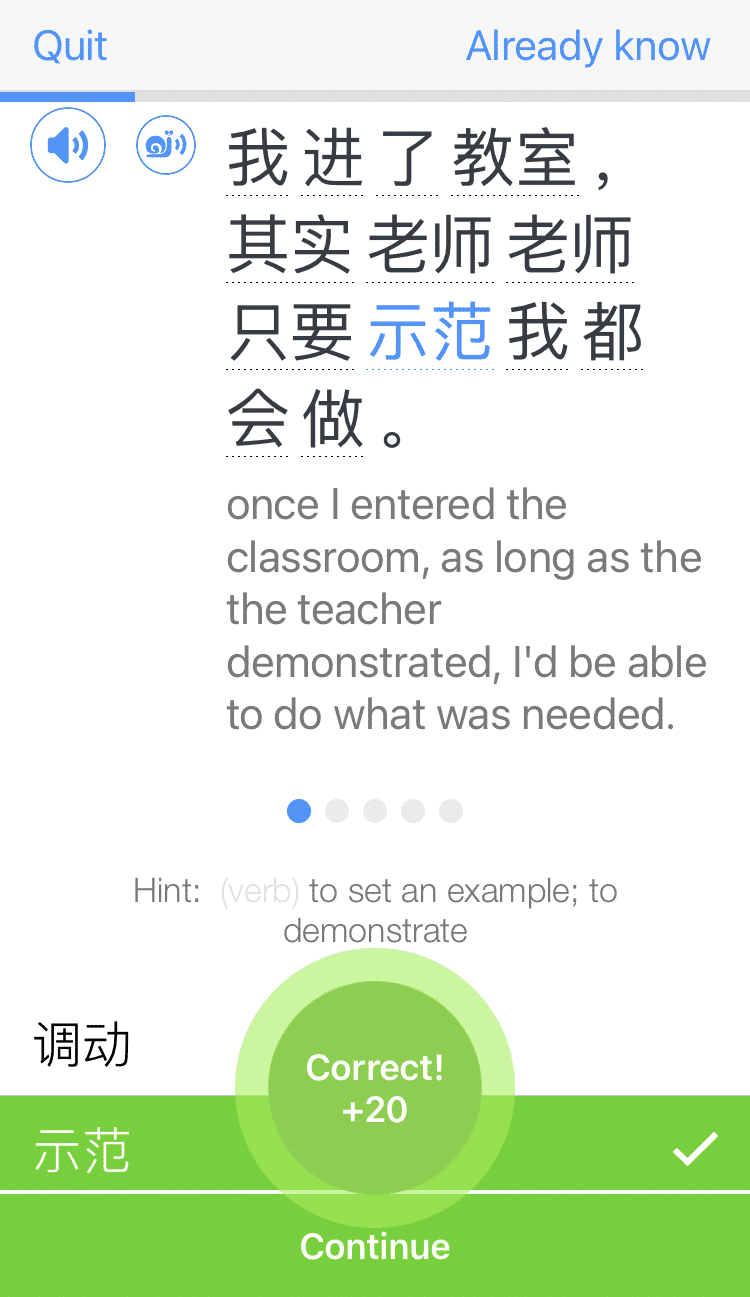How to Tell Time in Chinese: Vocabulary, Times of the Day, Expressions and More

Telling 时间 (shí jiān — time) is a basic conversation skill for Chinese learners. Knowing how to tell and ask for the time helps you arrange all social occasions from romantic dates to business meetings, helping you better manage your schedule and coordinate with others.
Learn how to tell time in Chinese, ask for the time, count minutes and hours and more with this guide.
Download: This blog post is available as a convenient and portable PDF that you can take anywhere. Click here to get a copy. (Download)
How to Tell Hours in Chinese
We’ll begin by learning how to tell hours in Chinese. To tell the hour, simply say:
number of the hour + 点 (diǎn – o’clock)
But first, to do that, we need to remember the numbers in Chinese.
If you already know your Chinese numbers, that’s great. Here we’ll revisit them as a review, especially since there’s a special “two” we use in telling time, which is different from the “two” we use in counting.
To review, here are the digits 1 through 12 in Chinese:
| Chinese | Pinyin | English |
|---|---|---|
| 一 | yī | 1 |
| 二 * | èr | 2 |
| 三 | sān | 3 |
| 四 | sì | 4 |
| 五 | wǔ | 5 |
| 六 | lìu | 6 |
| 七 | qī | 7 |
| 八 | bā | 8 |
| 九 | jǐu | 9 |
| 十 | shí | 10 |
| 十一 | shí yī | 11 |
| 十二 | shí èr | 12 |
* 两 (liǎng) can also be used in place of 二.
Now, we can easily tell hours in Chinese. For example:
| Chinese | Pinyin | English |
|---|---|---|
| 一点 | yī diǎn | 1:00 |
| 两点 | liǎng diǎn | 2:00 |
| 三点 | sān diǎn | 3:00 |
| 四点 | sì diǎn | 4:00 |
| 五点 | wǔ diǎn | 5:00 |
| 六点 | liù diǎn | 6:00 |
| 七点 | qī diǎn | 7:00 |
| 八点 | bā diǎn | 8:00 |
| 九点 | jiǔ diǎn | 9:00 |
| 十点 | shí diǎn | 10:00 |
| 十一点 | shí yī diǎn | 11:00 |
| 十二点 | shí èr diǎn | 12:00 |
How to Tell Minutes in Chinese
To tell minutes in Chinese, use the formula:
number + 分 (fēn – minutes)
To ensure that you’ll always know how to talk about minutes, let’s review the digits up to 60.
Teen digits in Chinese are “10+x,” with x being the number added to 10. For example:
| Chinese | Pinyin | Number |
|---|---|---|
| 十三 | shí sān | 13 |
| 十四 | shí sì | 14 |
| 十五 | shí wǔ | 15 |
| 十六 | shí liù | 16 |
| 十七 | shí qī | 17 |
| 十八 | shí bā | 18 |
| 十九 | shí jiǔ | 19 |
| 二十 | èr shí | 20 |
| 三十 | sān shí | 30 |
| 四十 | sì shí | 40 |
| 五十 | wǔ shí | 50 |
| 三十三 | sān shí sān | 33 |
| 二十二 | èr shí èr | 22 |
| 四十四 | sì shí sì | 44 |
| 五十六 | wǔ shí liù | 56 |
The twenties, thirties, forties and fifties follow a pattern like the teens.
Based on what we’ve learned above, here are some examples of how to tell minutes:
十三分 (shí sān fēn) — 13 minutes
十四分 (shí sì fēn) — 14 minutes
三十三分 (sān shí sān fēn) — 33 minutes
五十分 (wǔ shí fēn) — 50 minutes
Note that, whereas in English it’s fine to omit the word “minutes” (for 8:10, we say “eight-ten”), in Chinese it sounds more natural to always include 分 and say “minutes.”
So, it’s correct to say, “ 八点十分 “ (bā diǎn shí fēn), literally “eight o’clock ten minutes.”
Half and Quarter Hours in Chinese
To say “half past,” we use 半 (bàn) — half. For example:
五点半 (wǔ diǎn bàn) — half past five (5:30)
To indicate quarters, we say 一刻 (yī kè) — quarter hour.
For example:
三点一刻 (sān diǎn yī kè) — quarter past three (3:15)
Just to note, in Chinese, there’s no “ten to” or “ten past.” Similarly, in Chinese, there’s also no “quarter to.” There’s only “quarter after.” Interesting, I know—that’s just the way it is!
How to Tell Any Time in Chinese
We’re now familiar with the number system and how to tell hours and minutes. Let’s put it all together and go through some examples of telling time.
十一点二十分 (shí yī diǎn èr shí fēn) — 11:20
四点十分 (sì diǎn shí fēn) — 4:10
九点十五分 (jǐu diǎn shí wǔ fēn) — 9:15
九点一刻 (jǐu diǎ yī kè) — quarter past nine (9:15)
一点三十分 (yī diǎn sān shí fēn) — 1:30
一点半 (yī diǎn bàn) — half past one (1:30)
How to Say A.M. and P.M. in Chinese
To indicate a.m. and p.m. in Chinese we say “in the morning,” “in the afternoon” or “in the evening.”
There’s no direct translation of a.m. and p.m. Most of the time, a.m. and p.m. are understood in context.
| Chinese | Pinyin | English |
|---|---|---|
| 早上 | zǎo shàng | Morning |
| 早上五点 | zǎo shàng wǔ diǎn | 5:00 AM |
| 下午 | xià wǔ | Afternoon |
| 下午三点 | xià wǔ sān diǎn | 3:00 PM |
| 中午 | zhōng wǔ | Noon |
| 中午十二点 | zhōng wǔ shí èr diǎn | 12:00 PM |
| 晚上 | wǎn shàng | Evening |
| 晚上七点十分 | wǎn shàng qī diǎn shí fēn | 7:10 PM |
| 半夜 | bàn yè | Midnight / Middle of the night |
| 半夜两点半 | bàn yè liǎng diǎn bàn | 2:30 AM |
Different Times of the Day in Chinese
Here’s useful vocabulary related to key times during the day:
| Chinese | Pinyin | English |
|---|---|---|
| 用餐时间 | yòng cān shí jiān | Meal time |
| 午休时间 | wǔ xīu shí jiān | Lunch time |
| 晚饭时间 | wǎn fàn shí jiān | Dinner time |
| 休息时间 | xīu xī shí jiān | Break time |
| 就寢时间 | jìu qǐn shí jiān | Bedtime |
Let’s use this vocabulary in sentences, so you can see how to employ it in real life:
用餐的时间到了, 请先洗手。
(yòng cān de shí jiān dào le, qǐng xiān xǐ shǒu.)
It’s time to eat, please wash your hands.
午休时, 办公室里没有人。
(wǔ xīu shí, bàn gōng shì lǐ méi yǒu rén.)
There’s no one in the office during lunchtime.
晚餐的时间到了,但是爸爸还没回家。
(wǎn cān de shí jiān dào le, dàn shì bà ba hái méi húi jiā.)
It’s dinner time, but dad is not home yet.
我们公司三点休息。
(wǒ mén gōng sī sān diǎn xīu xi.)
Our office takes a break at three.
就寢时间到了,小朋友请安静。
(jìu qǐn shí jiān dào le, xiǎo péng yǒu qǐng ān jìng.)
It’s bedtime now, so kids, please be quiet.
How to Ask for the Time in Chinese
Now that you know how to tell the time, let’s explore the different ways you can ask for the time in Chinese.
| Chinese | Pinyin | English |
|---|---|---|
| (请问)现在几点了? | (qǐngwèn) xiàn zài jǐ diǎnl le? | (Excuse me), what time is it now? |
| (请问)你知道现在的时间吗? | (qǐngwèn) nǐ zhī dào xiàn zài de shí jiān ma? | (Excuse me), do you know the time now? |
| (请问)预约是什么时候? | (qǐngwèn) yù yuē shì shén me shí hòu? | (Excuse me), when is the appointment? |
| 你的时区是什么? | nǐ de shí qū shì shén me? | What's your timezone? |
| A和B的时差是X个小时 | A hé B de shí chā shì X gè xiǎo shí | The time difference between A and B is X hours |
| 我们两地的时差是X个小时 | wǒ men liǎng dì de shí chā shì X gè xiǎo shí | The time difference between our two places is X hours |
How to Use Time Expressions in Chinese
Sometimes you don’t need to say what time it is, you only want to tell someone to be more timely.
For situations where you want to communicate the need to rush, here are some common phrases to get your message through:
| Chinese | Pinyin | English |
|---|---|---|
| 快点吧 | kuài diǎn ba | Hurry up |
| 我迟到了 | wǒ chí dào le | I'm late |
| 请早点到 | qǐng zǎo diǎn dào | Be early |
| 请准时到 | qǐng zhǔn shí dào | Be on time |
Let’s look at example sentences to illustrate the above vocabulary:
快点吧!我要上课了。
(kuài diǎn ba! wǒ yào shàng kè le.)
Hurry up! I need to go to class.
我要迟到了, 请你快点。
(wǒ yào chí dào le, qǐng nǐ kuài diǎn.)
I’m going to be late, please hurry.
明天的会议很重要,请早点到。
(míng tiān de hùi yì hěn zhòng yào, qǐng zǎo diǎn dào.)
Tomorrow’s meeting is very important, please be early.
火车一般准时开车,旅客请准时到。
(hǔo chē yì bān zhǔn shí kāi chē, lǚ kè qǐng zhǔn shí dào.)
The train runs on schedule; passengers please be on time.
Telling time is one of many basic skills you can acquire in building your Chinese language foundation.
Practice is what makes perfect, so make sure you dedicate some time to putting the work in!
An effective way of picking up these time-related phrases—and other aspects of Mandarin—is through learning in context. This can be done through most types of authentic Chinese media, such as podcasts, vlogs, dramas and Chinese films.
If Chinese media is too advanced for you, the online language learning program FluentU takes snippets of that content and pairs the clips with interactive subtitles. This lets you watch and read how native speakers naturally speak about time.
FluentU takes authentic videos—like music videos, movie trailers, news and inspiring talks—and turns them into personalized language learning lessons.
You can try FluentU for free for 2 weeks. Check out the website or download the iOS app or Android app.
P.S. Click here to take advantage of our current sale! (Expires at the end of this month.)
With numbers and time under your belt, you’re well on your way to conquering many other conversational basics.
Download: This blog post is available as a convenient and portable PDF that you can take anywhere. Click here to get a copy. (Download)
And One More Thing...
If you want to continue learning Chinese with interactive and authentic Chinese content, then you'll love FluentU.
FluentU naturally eases you into learning Chinese language. Native Chinese content comes within reach, and you'll learn Chinese as it's spoken in real life.
FluentU has a wide range of contemporary videos—like dramas, TV shows, commercials and music videos.
FluentU brings these native Chinese videos within reach via interactive captions. You can tap on any word to instantly look it up. All words have carefully written definitions and examples that will help you understand how a word is used. Tap to add words you'd like to review to a vocab list.
FluentU's Learn Mode turns every video into a language learning lesson. You can always swipe left or right to see more examples for the word you're learning.
The best part is that FluentU always keeps track of your vocabulary. It customizes quizzes to focus on areas that need attention and reminds you when it’s time to review what you’ve learned. You have a 100% personalized experience.
Start using the FluentU website on your computer or tablet or, better yet, download the FluentU app from the iTunes or Google Play store. Click here to take advantage of our current sale! (Expires at the end of this month.)











